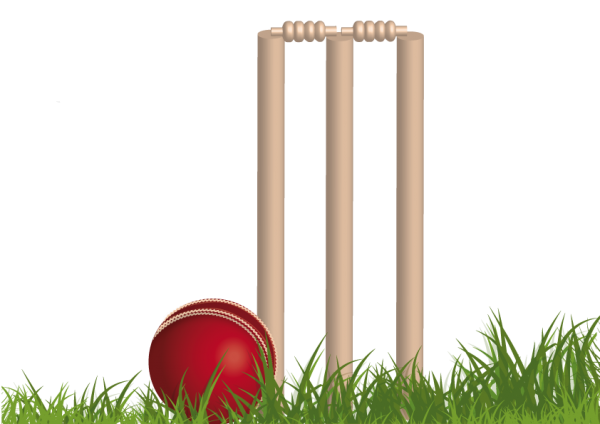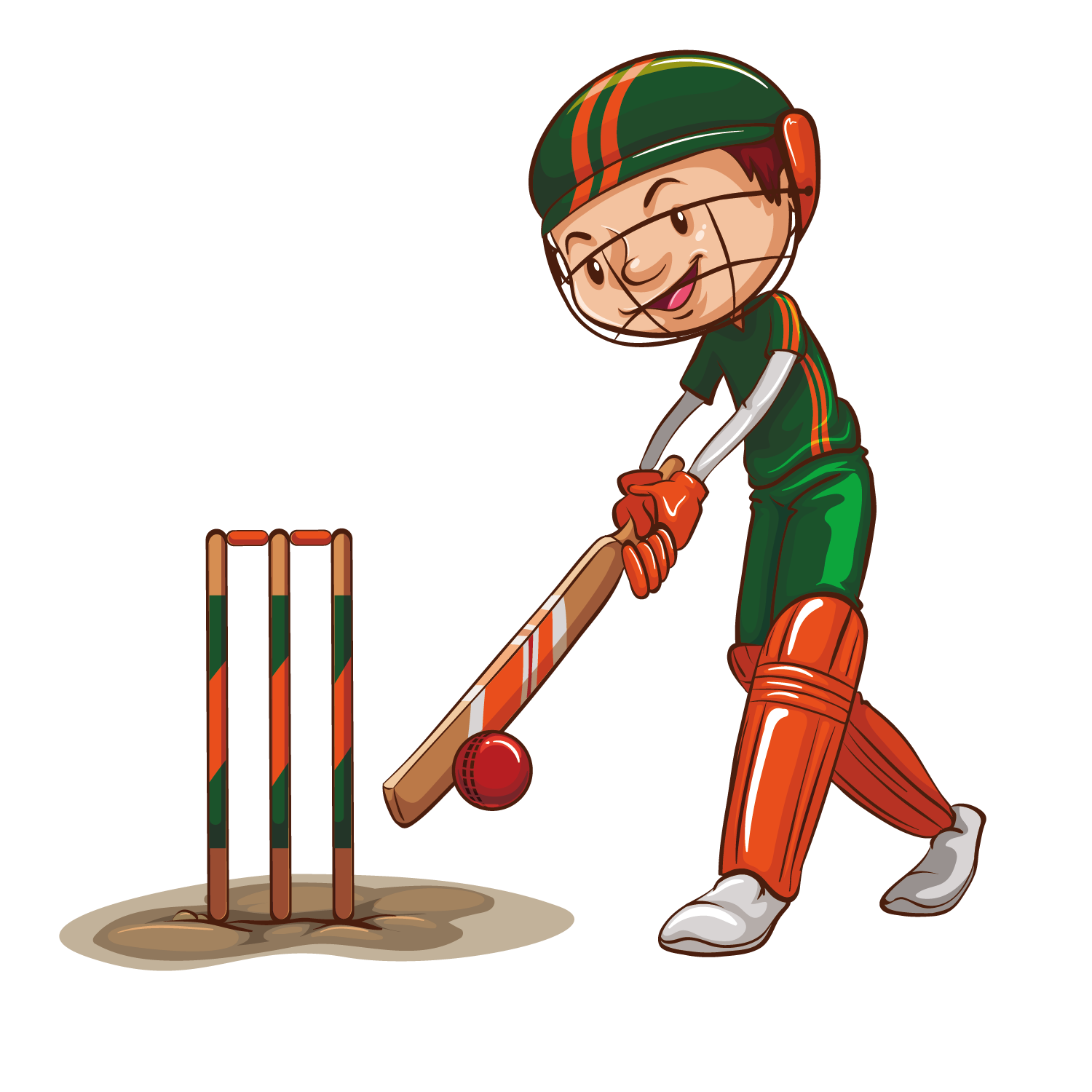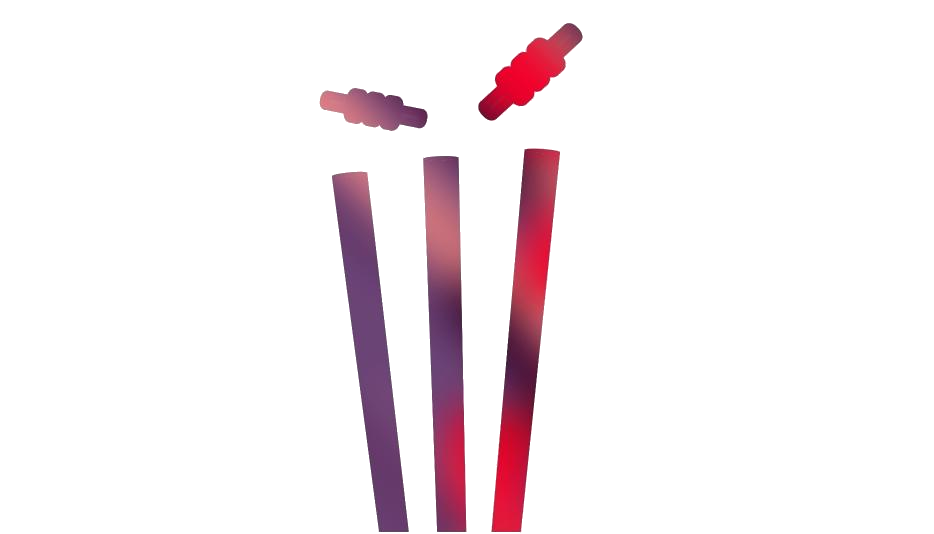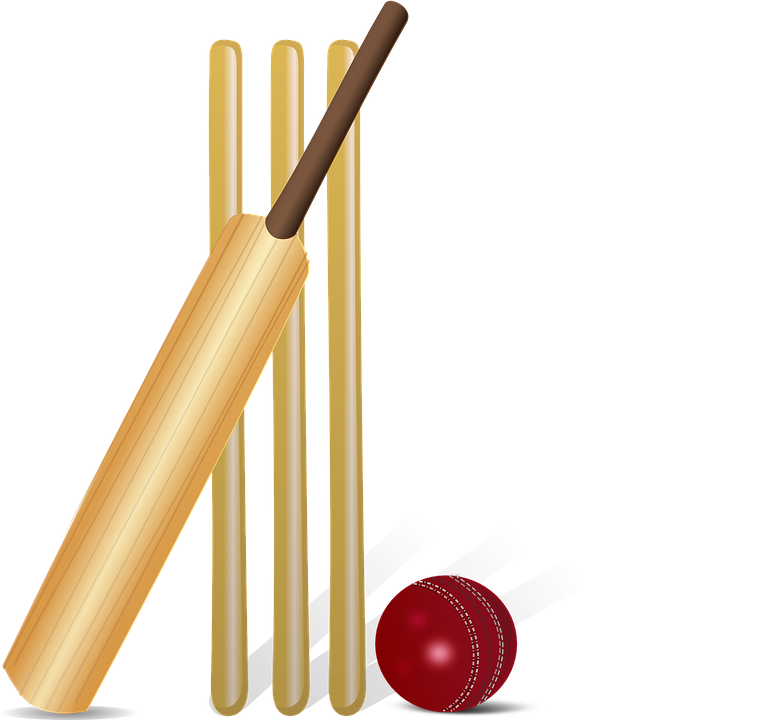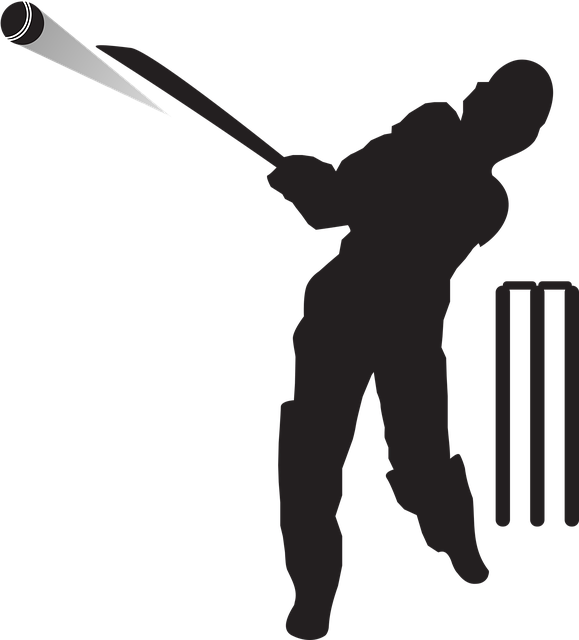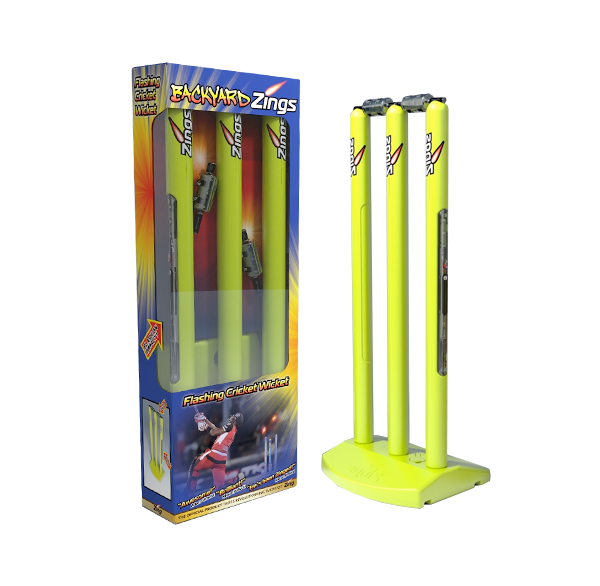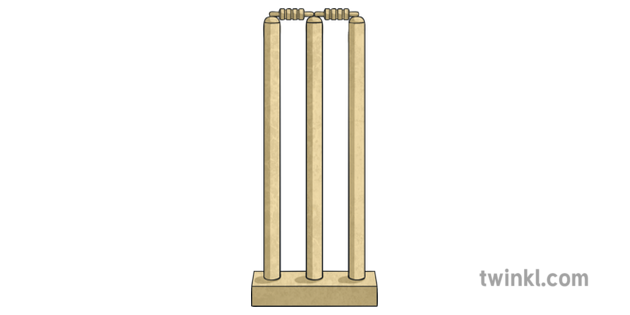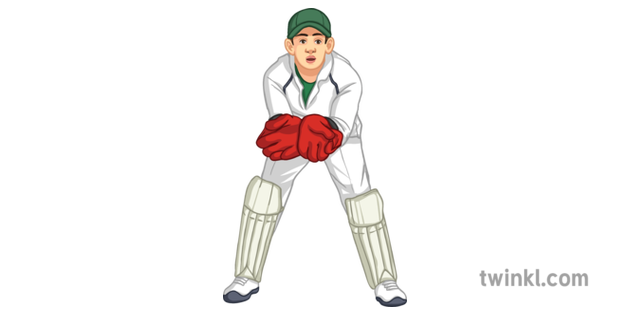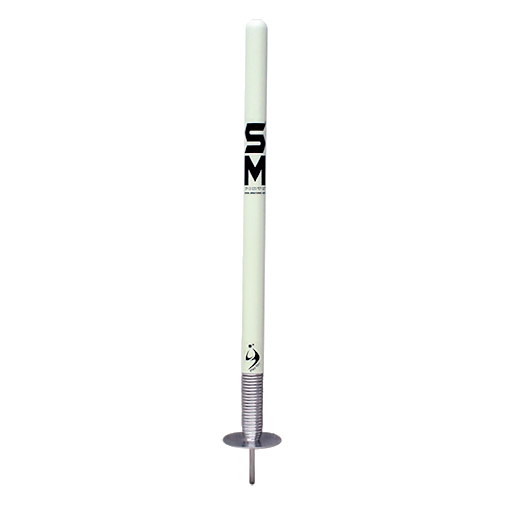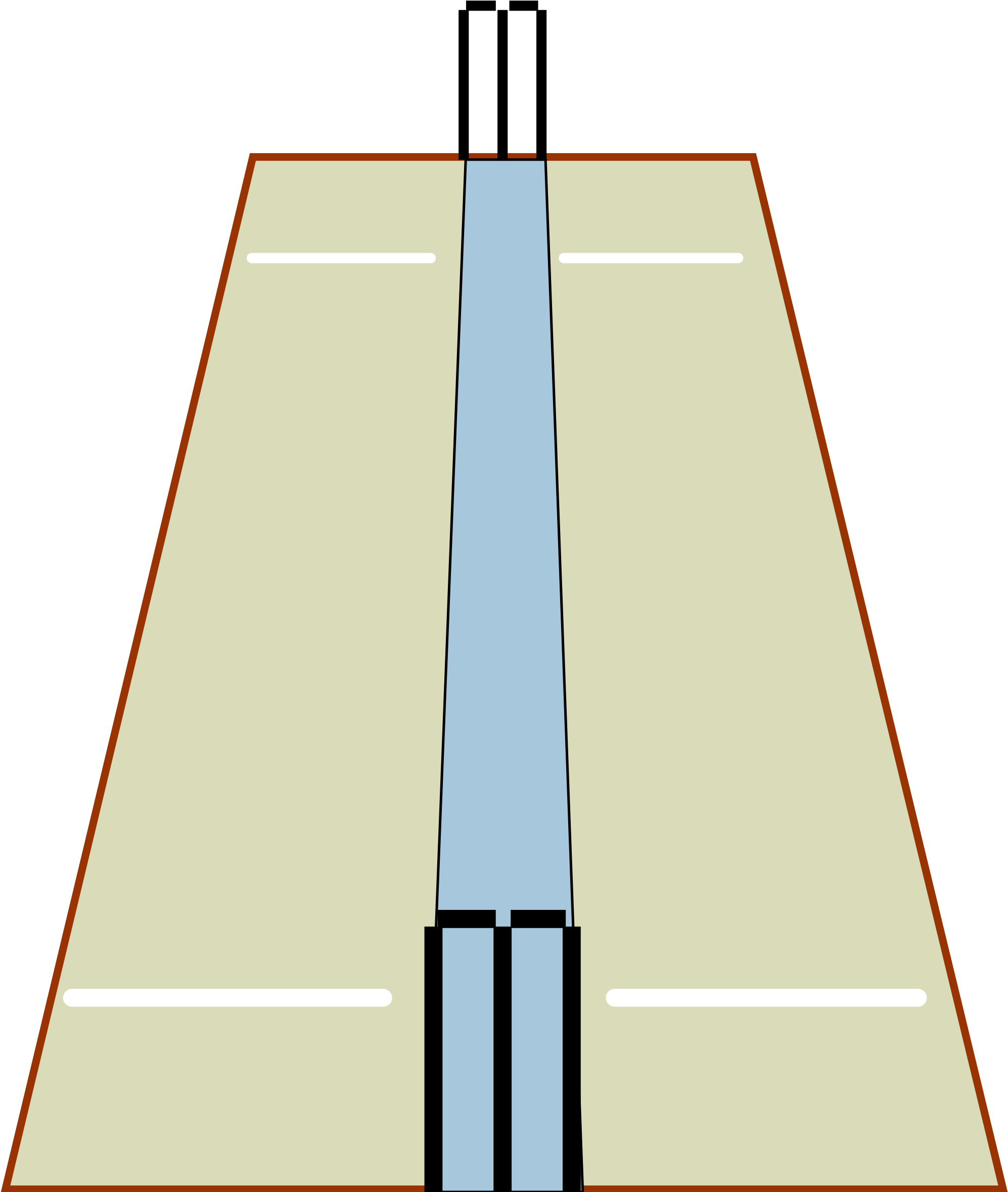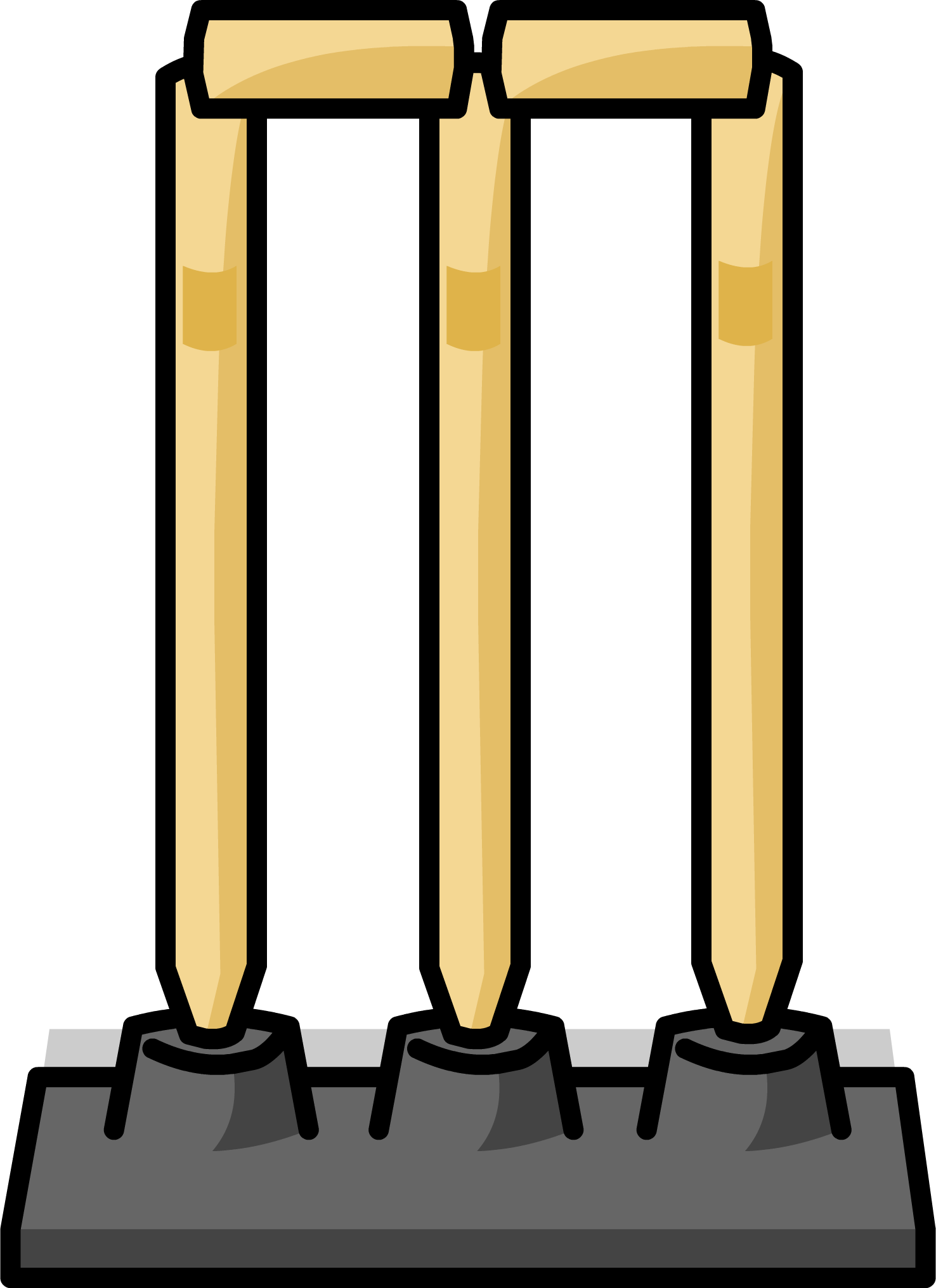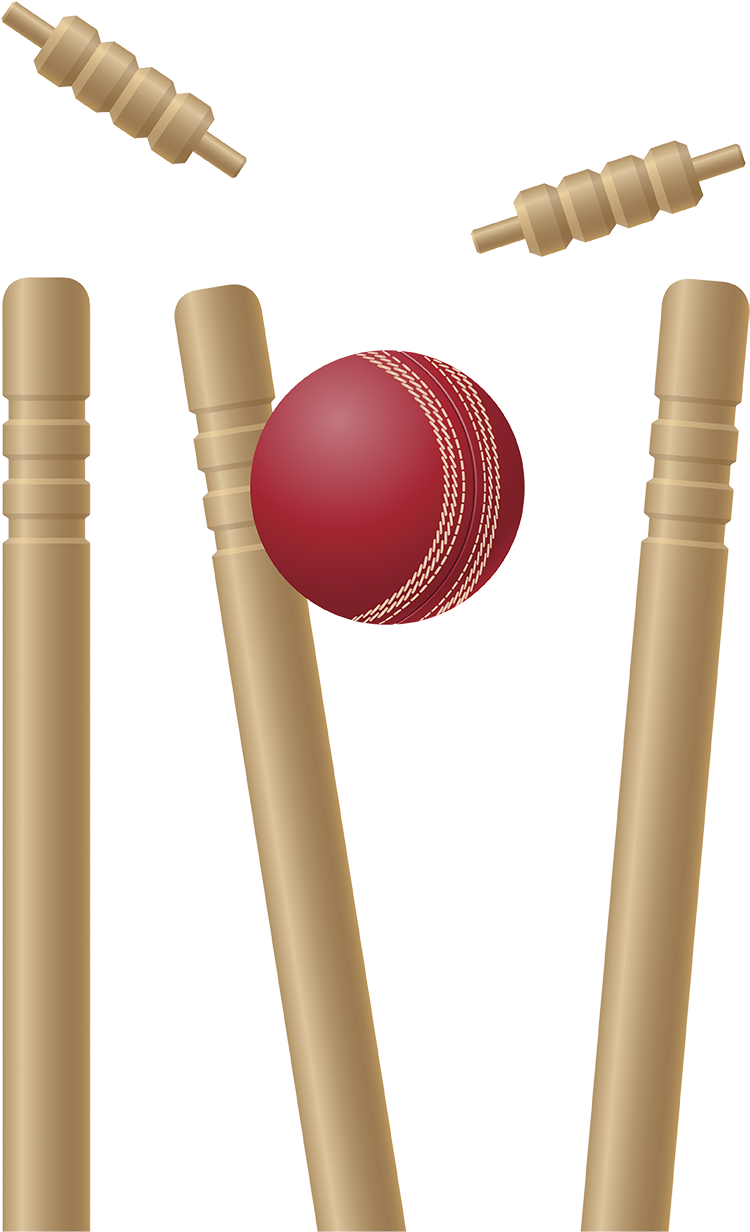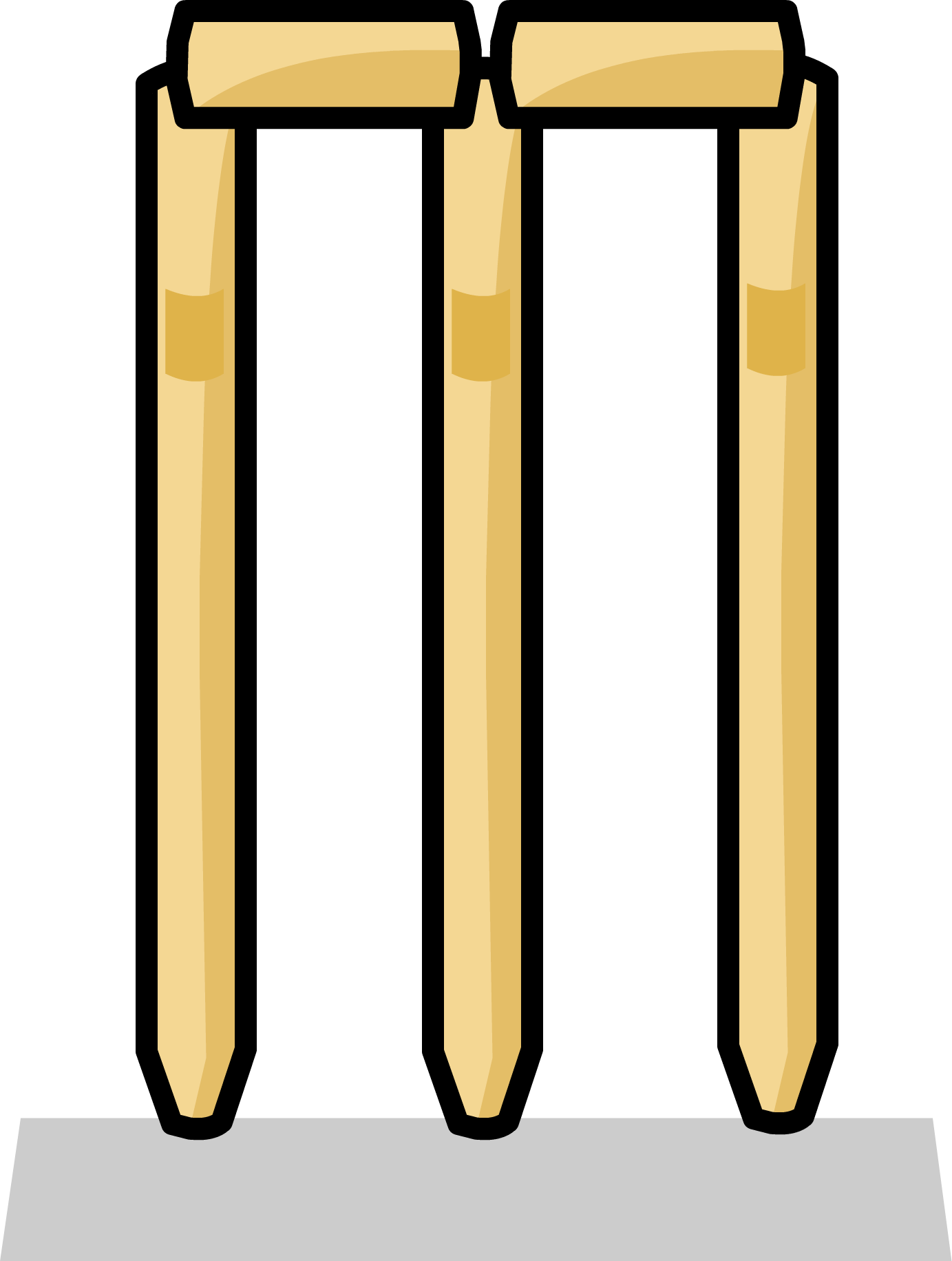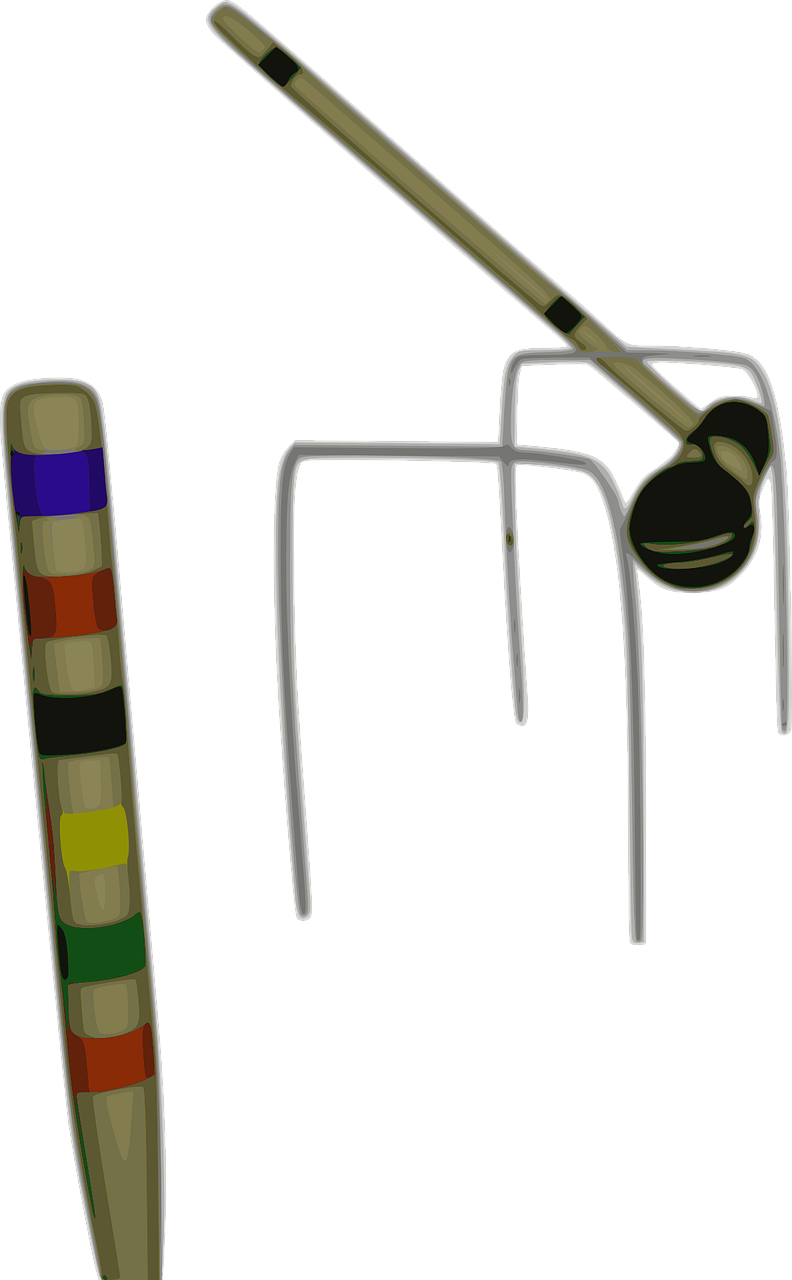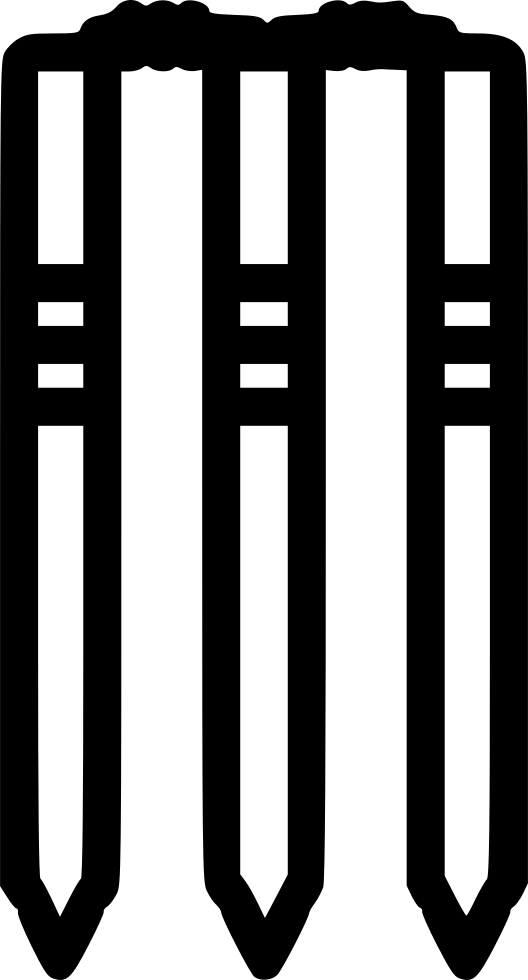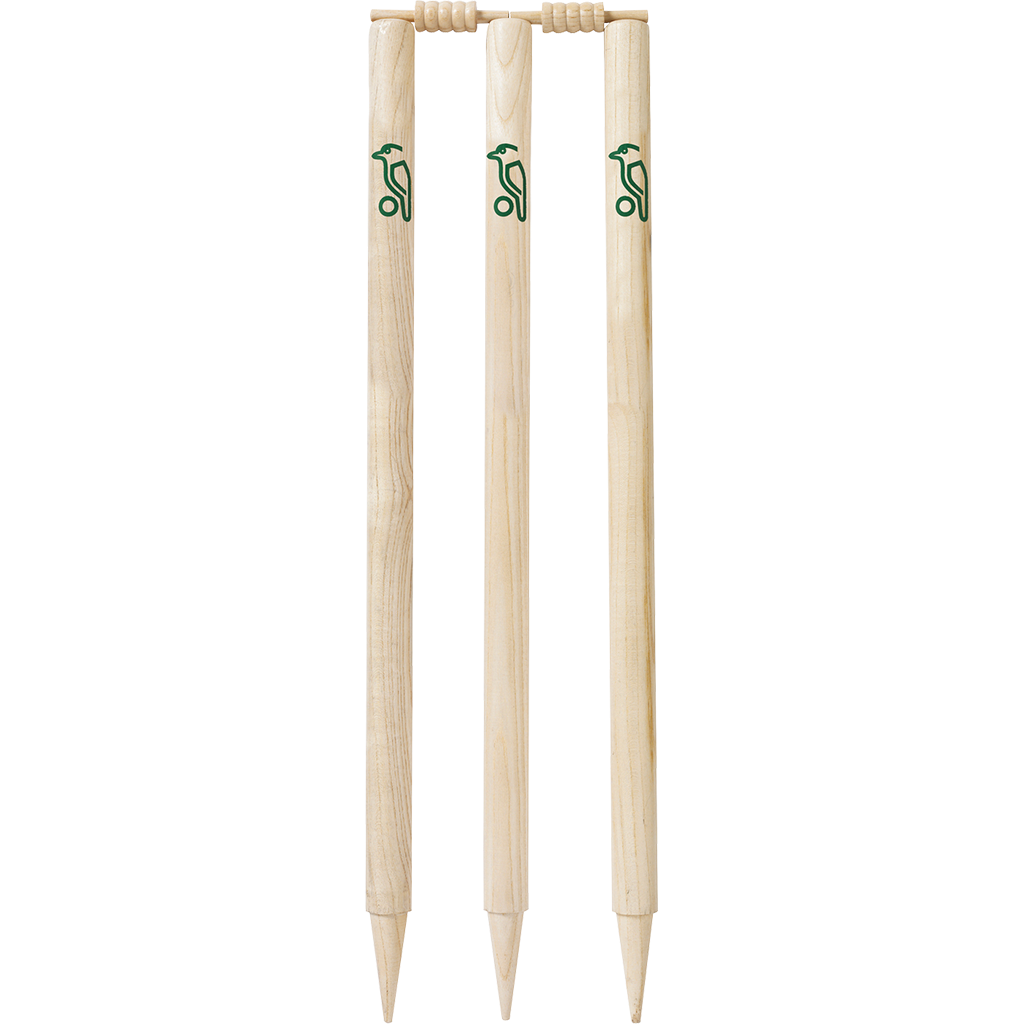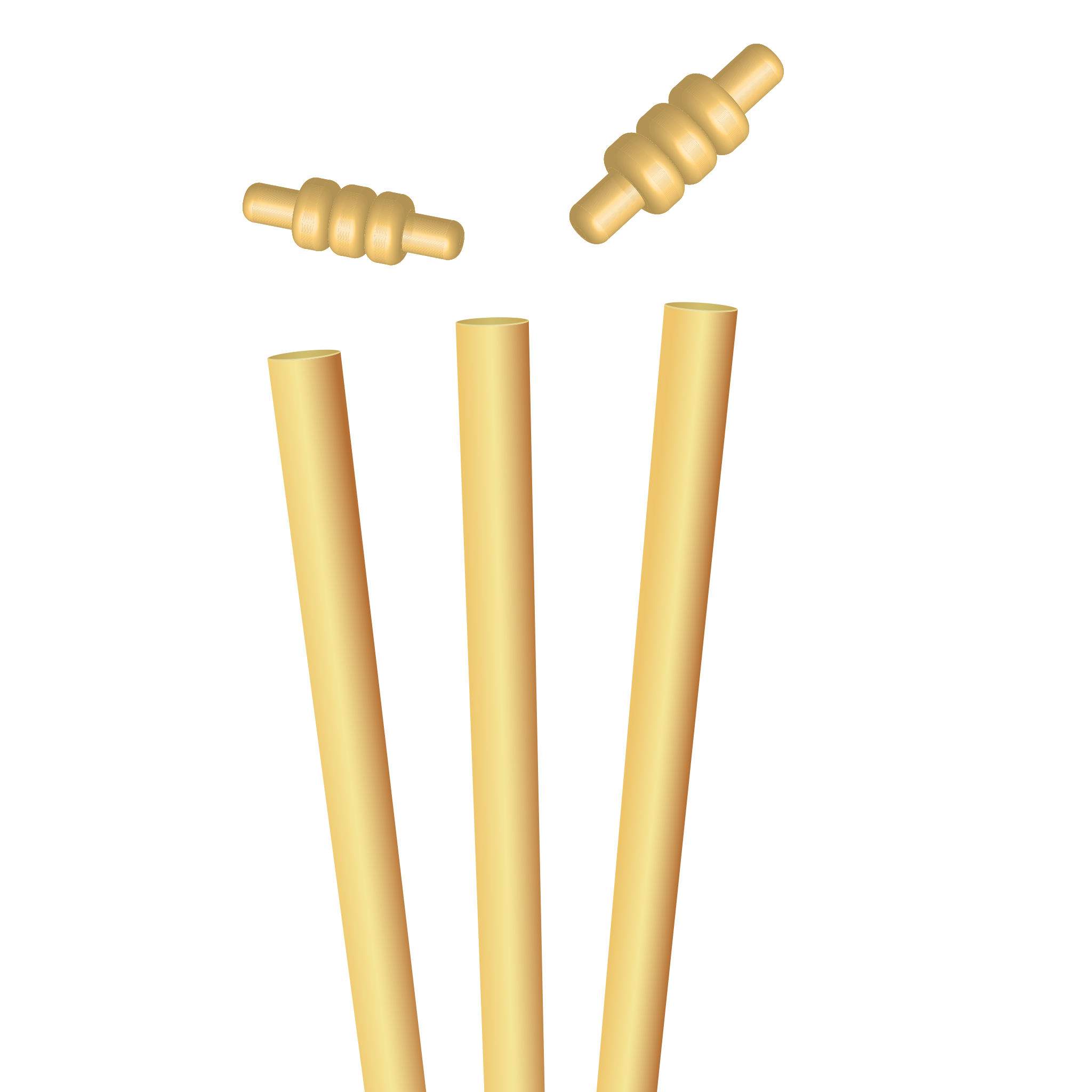Download top and best high-quality free Wicket PNG Transparent Images backgrounds available in various sizes. To view the full PNG size resolution click on any of the below image thumbnail.
License Info: Creative Commons 4.0 BY-NC
The term wicket has numerous meanings in cricket sport. First, it’s one of two sets of three stumps and two bails at either end of the pitch. A batsman guards the wicket, attempting to prevent the ball from striking the wicket and scoring runs whenever feasible with his bat (and occasionally with his pads, although see the regulations on LBW, leg before wicket).
Second, the dismissal of a batsman is sometimes referred to (incorrectly, according to the Laws of Cricket) as the taking of a wicket, and third, the cricket pitch itself is sometimes referred to (incorrectly, according to the Laws of Cricket) as the wicket. The size and shape of the wicket has changed several times over the last 300 years; its dimensions and placement are now determined by Law 8 in the Laws of Cricket, thus: three wooden stumps, each measuring 28 inches (71.12 cm), cover the wicket.
The stumps are positioned evenly spaced along the batting crease. They’re set up such that they’re 9 inches (22.86 cm) apart. On top of the stumps, two wooden bails are put in shallow grooves. The bails must not protrude more than 0.5 inch (1.27 cm) above the stumps and must be 4.31 inches (10.95 cm) in length for cricket.
The bails must not protrude more than 0.5 inch (1.27 cm) above the stumps and must be 4.31 inches (10.95 cm) in length for cricket.
The barrel and spigots of the bail have certain lengths as well. For junior cricket, there are several standards for wickets and bails. If the conditions are unsuitable, the umpires may dispense the bails (e.g., if it is windy, they might fall off by themselves). Appendix D to the legislation provides more information on the wicket specifications.
A batsman’s wicket must be laid down before they may be dismissed by being bowled, run out, stumped, or struck wicket. Law 29 explains what this implies. A wicket is put down when the ball, the striker’s bat, the striker’s person (or any part of his clothes or equipment being separated from his person), or a fielder strikes a stump out of the grounds (with his hand or arm, and provided that the ball is held in hand or hands so used, or in the hand of the arm so used). A 2010 change to the Laws explained the unusual situation in which a bat breaks during a shot and the detached debris breaks the wicket; in this case, the wicket has been put down. If a fielder pulls a stump out of the ground in the same manner, the wicket is also put down.
Download Wicket PNG images transparent gallery.
- Cricket Wicket PNG Free Download
Resolution: 600 × 424
Size: 107 KB
Image Format: .png
Download
- Wicket PNG
Resolution: 1500 × 1500
Size: 248 KB
Image Format: .png
Download
- Cricket Wicket PNG Picture
Resolution: 934 × 534
Size: 91 KB
Image Format: .png
Download
- Wicket PNG Image
Resolution: 768 × 720
Size: 163 KB
Image Format: .png
Download
- Wicket Transparent
Resolution: 579 × 640
Size: 34 KB
Image Format: .png
Download
- Wicket PNG Clipart
Resolution: 600 × 586
Size: 213 KB
Image Format: .png
Download
- Cricket Wicket PNG Free Image
Resolution: 630 × 315
Size: 136 KB
Image Format: .png
Download
- Cricket Wicket PNG File
Resolution: 630 × 315
Size: 159 KB
Image Format: .png
Download
- Wicket PNG Free Download
Resolution: 512 × 512
Size: 27 KB
Image Format: .png
Download
- Wicket
Resolution: 512 × 512
Size: 10 KB
Image Format: .png
Download
- Wicket PNG Picture
Resolution: 569 × 912
Size: 379 KB
Image Format: .png
Download
- Wicket PNG Free Image
Resolution: 1994 × 2358
Size: 127 KB
Image Format: .png
Download
- Wicket PNG File
Resolution: 956 × 994
Size: 526 KB
Image Format: .png
Download
- Wicket PNG HD Image
Resolution: 1476 × 2032
Size: 49 KB
Image Format: .png
Download
- Wicket PNG Pic
Resolution: 750 × 1232
Size: 440 KB
Image Format: .png
Download
- Wicket PNG Download Image
Resolution: 1059 × 901
Size: 119 KB
Image Format: .png
Download
- Wicket PNG High Quality Image
Resolution: 1383 × 1831
Size: 32 KB
Image Format: .png
Download
- Cricket Wicket
Resolution: 792 × 1280
Size: 254 KB
Image Format: .png
Download
- Cricket Wicket PNG
Resolution: 528 × 980
Size: 22 KB
Image Format: .png
Download
- Wicket PNG Images
Resolution: 512 × 512
Size: 16 KB
Image Format: .png
Download
- Cricket Wicket PNG Image
Resolution: 1024 × 1024
Size: 422 KB
Image Format: .png
Download
- Cricket Wicket Transparent
Resolution: 2048 × 2048
Size: 381 KB
Image Format: .png
Download
- Cricket Wicket PNG Clipart
Resolution: 750 × 750
Size: 34 KB
Image Format: .png
Download
